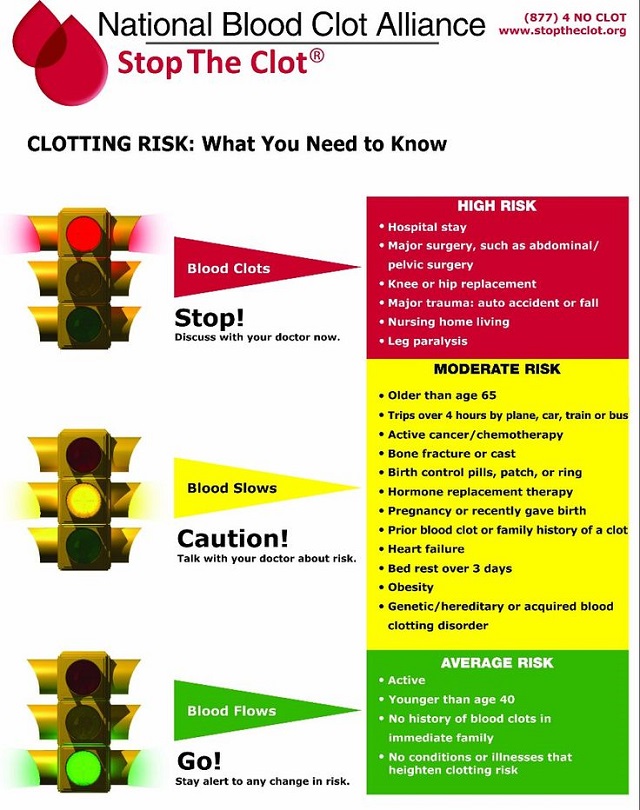12 Uti Blood Clots Symptoms You Must Recognize

Urinary Tract Infections (UTIs) are a common health issue that can affect anyone, regardless of age or gender. While UTIs are typically not life-threatening, they can lead to complications if left untreated or if they recur frequently. One of the potential complications of UTIs is the development of blood clots in the urine. Recognizing the symptoms of UTI blood clots is crucial for seeking timely medical attention and preventing further complications.
Understanding UTI Blood Clots

UTI blood clots occur when blood accumulates in the urine due to inflammation or infection in the urinary tract. This can be a sign of a more severe infection or an underlying condition that needs medical attention. The symptoms of UTI blood clots can vary from person to person, but there are common signs that you should be aware of to seek medical help promptly.
12 Key Symptoms of UTI Blood Clots
The following symptoms can indicate the presence of blood clots in the urine due to a UTI:
- Painful Urination: Dysuria, or painful urination, is a common symptom of UTIs and can be exacerbated by the presence of blood clots.
- Hematuria: This refers to the presence of blood in the urine, which can appear as pink, red, or brown urine.
- Frequent Urination: Needing to urinate more often than usual can be a sign of a UTI, and the presence of blood clots may worsen this symptom.
- Urinary Urgency: Feeling a sudden, strong need to urinate can be a symptom of a UTI and may be more pronounced with blood clots.
- Abdominal Pain: Pain in the abdomen, back, or sides can be associated with UTIs and may indicate the presence of blood clots.
- Fever: A high temperature can indicate that the infection is more severe and may be related to blood clots in the urine.
- Cloudy or Foul-smelling Urine: Changes in the appearance or odor of urine can be a sign of a UTI, and blood clots can contribute to these changes.
- Burning Sensation: Feeling a burning sensation while urinating can be a symptom of a UTI and may be worse with blood clots.
- Difficulty Starting Urination: If you find it hard to start urinating or if the flow of urine is weak, it could be a sign of blood clots blocking the urinary tract.
- Interrupted Urine Flow: If the urine flow stops and starts during urination, it might indicate the presence of blood clots.
- Painful Sexual Intercourse: For women, painful sexual intercourse (dyspareunia) can be a symptom of a UTI, potentially complicated by blood clots.
- Flank Pain: Pain in the flank area, which is the area between the ribs and the hip, can be a sign of a kidney infection, which may be associated with UTI blood clots.
Causes and Risk Factors
Understanding the causes and risk factors of UTI blood clots can help in recognizing the symptoms and seeking appropriate medical care. UTIs are caused by bacteria, and certain factors can increase the risk of developing UTIs and subsequent complications like blood clots. These include:
- Sexual Activity: Sexual intercourse can increase the risk of introducing bacteria into the urinary tract.
- Female Anatomy: Women are more prone to UTIs due to their shorter urethra, which makes it easier for bacteria to reach the bladder.
- Urinary Tract Abnormalities: Certain abnormalities of the urinary tract, such as an enlarged prostate in men, can increase the risk of UTIs.
- Weakened Immune System: People with weakened immune systems, such as those with diabetes or undergoing chemotherapy, are more susceptible to UTIs.
- Catheter Use: Using a catheter can increase the risk of introducing bacteria into the urinary tract.
| Symptom | Description |
|---|---|
| Painful Urination | Pain or discomfort while urinating |
| Hematuria | Presence of blood in the urine |
| Frequent Urination | Need to urinate more often than usual |

Diagnosis and Treatment

Diagnosing UTI blood clots involves a combination of physical examination, medical history, and laboratory tests. A healthcare provider may perform a urinalysis to check for the presence of blood, bacteria, and other signs of infection in the urine. Imaging tests, such as ultrasound or CT scans, may also be used to evaluate the urinary tract for any abnormalities or blockages.
Treatment for UTI blood clots typically involves antibiotics to address the underlying infection. In some cases, additional treatments may be necessary to manage symptoms or to remove the blood clots. It’s crucial to follow the treatment plan as prescribed by the healthcare provider to ensure complete recovery and prevent future complications.
What are the common causes of UTI blood clots?
+UTI blood clots are commonly caused by bacterial infections in the urinary tract. Factors such as sexual activity, female anatomy, urinary tract abnormalities, a weakened immune system, and catheter use can increase the risk of developing UTIs and subsequent complications like blood clots.
How are UTI blood clots diagnosed?
+Diagnosis of UTI blood clots involves a physical examination, medical history, and laboratory tests such as urinalysis. Imaging tests like ultrasound or CT scans may also be used to evaluate the urinary tract for any abnormalities or blockages.
What is the treatment for UTI blood clots?
+Treatment for UTI blood clots typically involves antibiotics to address the underlying infection. Additional treatments may be necessary to manage symptoms or to remove the blood clots. It’s essential to follow the treatment plan as prescribed by the healthcare provider to ensure complete recovery and prevent future complications.



